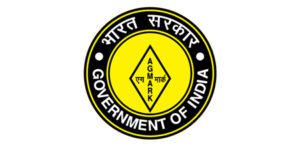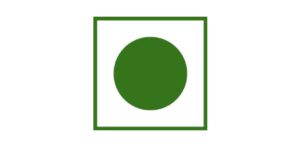Before buying your food product should be aware of nutritional label like mobile explore, because it is all about your health nothings can be compensate for it
Eye Scan On Your Food Labels Before Buy
Food label is an important part of food packaging because it provides consumers with vital information about the product they are purchasing. It promotes transparency, educated decision-making, and helps to maintain food safety and quality. Important information to verify includes product name, ingredient list, nutritional information, serving size, allergens, manufacturer, expiration date, storage instructions, country of origin, and special claims.
How to read food labels
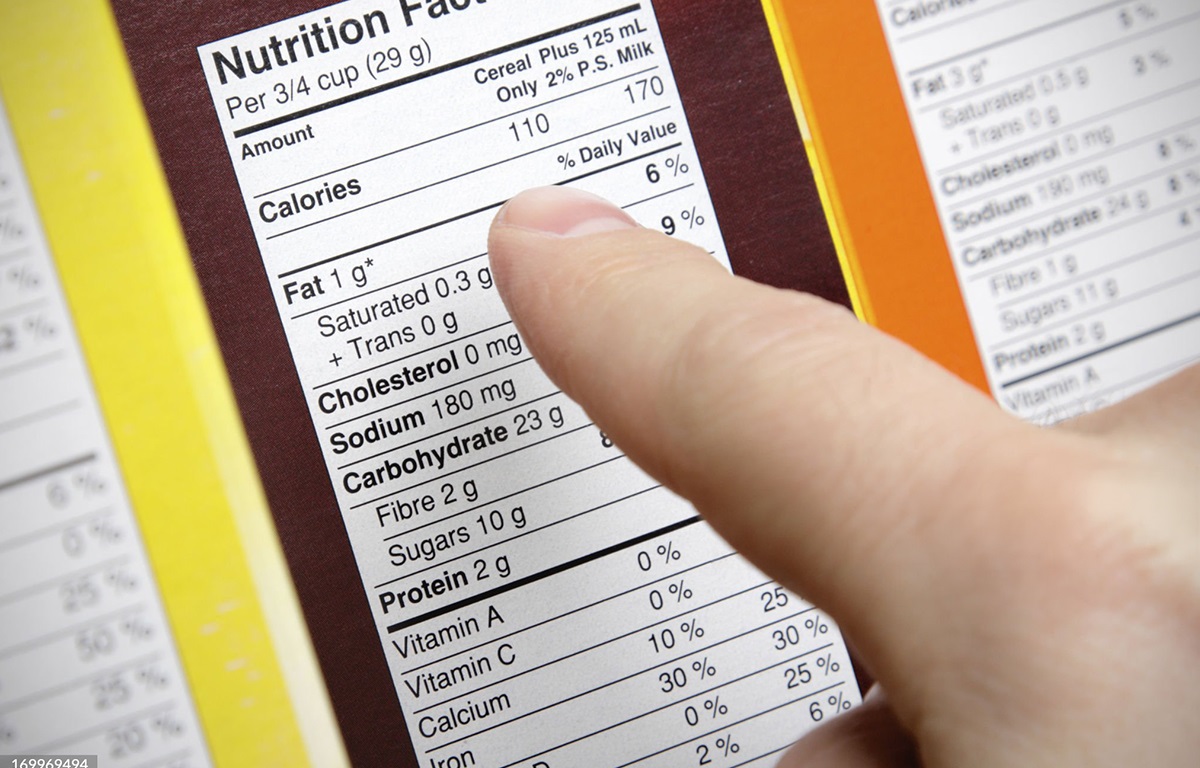
1. Understanding of serving information in the Nutrition Facts label:
The Nutrition Facts label includes serving and percentage regular Value information, which helps customers understand the nutritional composition of food and how it fits into their regular diet. Here is a thorough breakdown as shown below.
Serving Information
- Serving Size: Indicates the amount of food typically consumed in one sitting (e.g., 1 cup, 40 grams). It standardizes measurements to help compare similar products.
- Servings Per Container: Shows the total number of servings in the entire package.
- % Daily Value (% DV) information in the Nutrition Facts label: Reflects how much a nutrient in a serving of the food contributes to a daily diet, based on a 2,000-cal-per-day diet. This helps consumers gauge how a serving of the food fits into their overall daily nutrient needs and also, we have to follow ICMR published latest RDA.
- Example of Nutrient Facts : For a box of cereal, the demo Nutrition Facts label might look like this: Here’s the information presented in a table format: Serving Size: 1 cup (40g) and Servings Per Container: 10
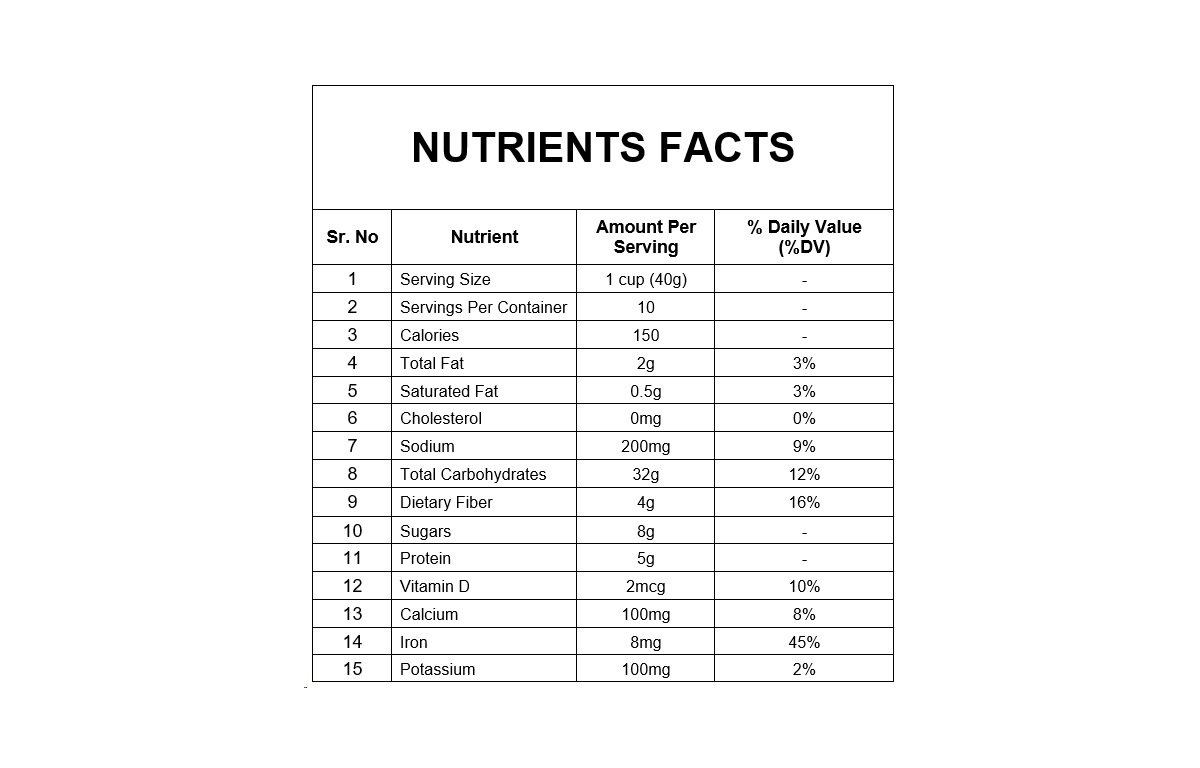 This table format clearly displays the serving information and % Daily Value, making it easy to understand the nutritional content of the food
This table format clearly displays the serving information and % Daily Value, making it easy to understand the nutritional content of the food
2. Understanding the above nutrient facts information
Serving Size and Servings Per Container: Help determine how much of the product you are eating and its total nutritional content.
% Daily Value: Assists in assessing if a serving is high or low in specific nutrients:
- 5% DV or less is considered low.
- 20% DV or more is considered high.
3. Calories value in the Nutrition Facts label of food
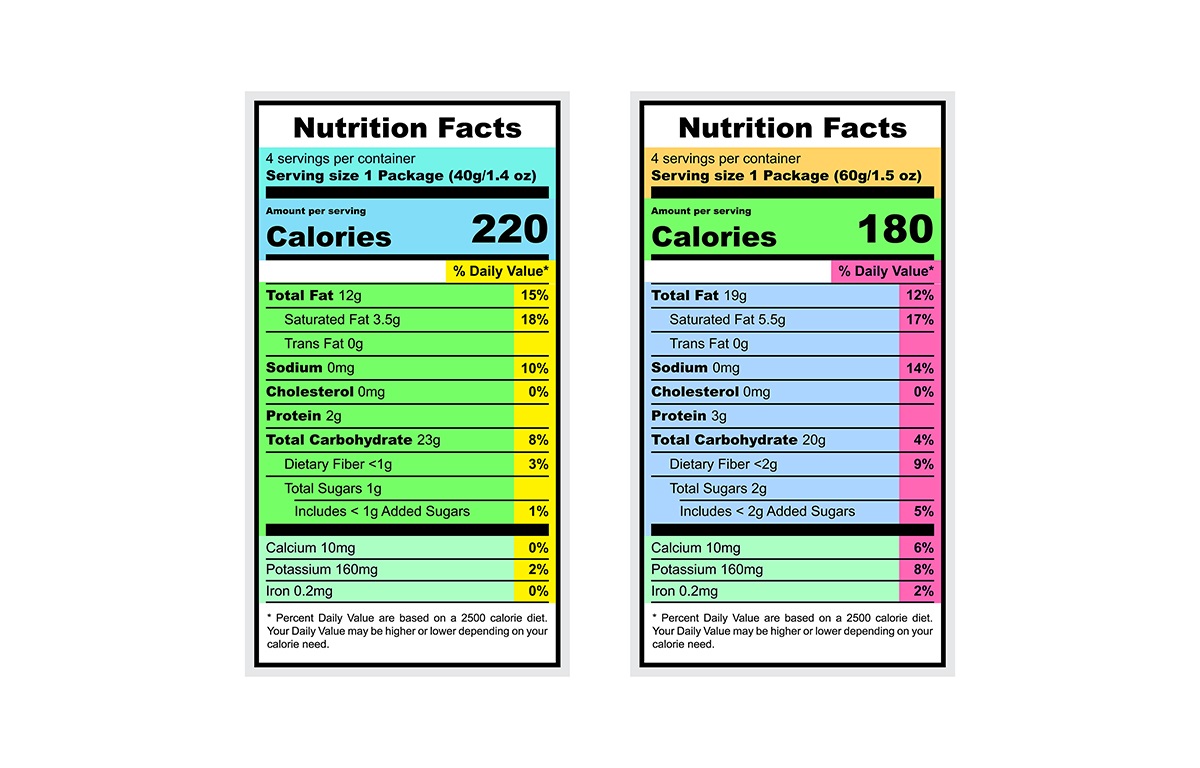
The “Calories” value on the Nutrition Facts label represents the amount of energy delivered by a single serving of food. This value informs consumers about how much energy they will receive from ingesting a given piece of the product.
Example Breakdown
For a box of cereal, the Nutrition Facts label might read:
- Serving Size: 1 cup (40g)
- Calories: 150
- 1 g carbohydrates contribute 4 Kcal.
- 1 g protein contribute 4 Kcal.
- 1 g Fat contribute 9 Kcal.
- 1 g Dietary fibre contribute 2.0 Kcal.
Understanding Calories
Calories per Serving: The label shows 150 calories per 1 cup (40g) serving. This means if you eat one serving, you will consume 150 calories.
Daily Caloric Needs: The average active adult needs 2,000 kcal of energy every single day, which is a general guideline for average adults. Your actual caloric needs may vary based on age, gender, activity level, and health goals.
Calories are crucial for energy balance. Consuming too many calories can lead to weight gain, while too few can result in weight loss. The calorie count helps you manage your dietary intake according to your energy needs.
4. Understanding of nutrients in the Nutrition Facts label of food
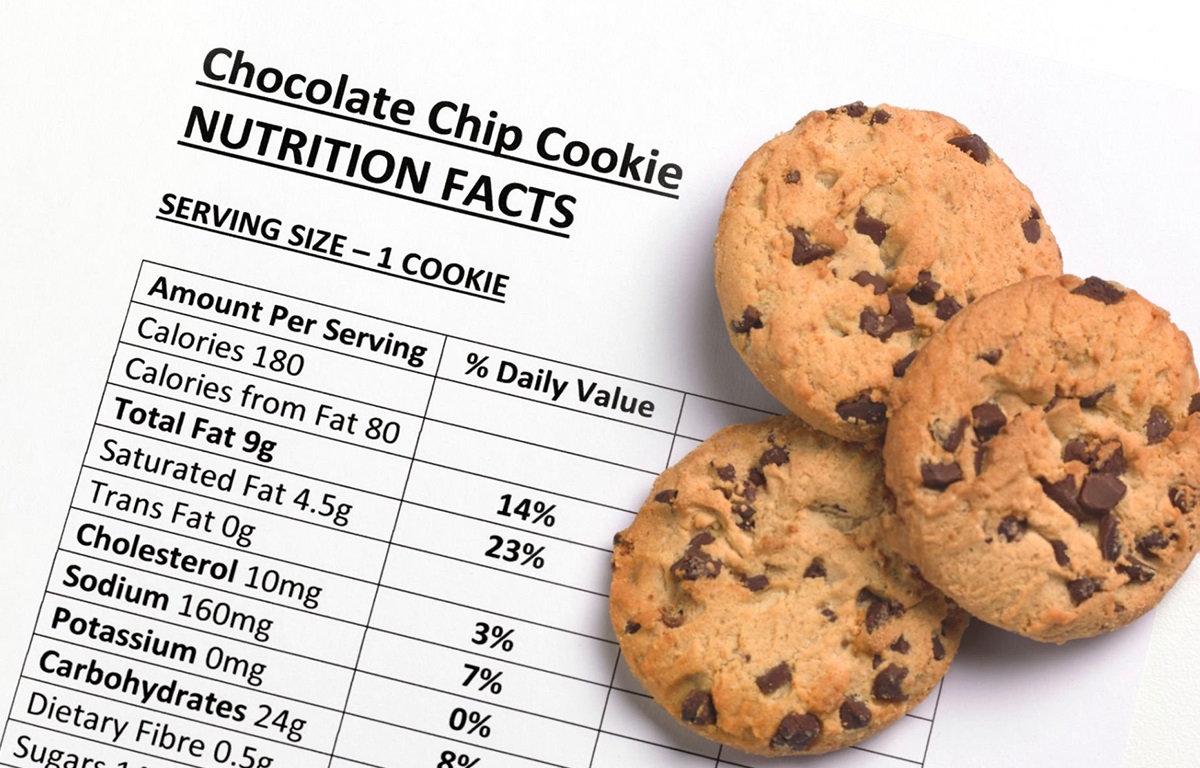
The Nutrition Facts label contains precise information on the nutrients in a serving of food, allowing consumers to make informed dietary decisions. This information is critical for controlling dietary intake and establishing a well-balanced diet customised to individual nutritional requirements and health goals.
The following nutrient terms: knowledge is beneficial before purchasing any meal or seeking assistance from a nutritionist.
- Total Fat: Includes Saturated Fat and Trans Fat: Important for monitoring heart health.
- Cholesterol: Essential for heart health awareness.
- Sodium: Important for blood pressure management.
- Total Carbohydrates: Includes Dietary Fiber and Sugars: Important for digestive health and blood sugar levels.
- Protein: Essential for muscle maintenance and repair.
- Vitamins and Minerals: Commonly listed include Vitamin D, Calcium, Iron, and Potassium. These are crucial for bone health, oxygen transport, and overall bodily functions. The % Daily Value (%DV) helps assess nutrient intake.
5. Front-of-Pack (FoP) Labelling

To provide quick and easy-to-understand information, the FSSAI recommends a simplified label on the front of the pack. This can include: Color-coded labels: Using colours (green, amber, red) to indicate the levels of key nutrients like sugar, salt, and fat. For instance, Green: Low levels; Amber: Medium levels; Red: High levels
| FSSAI LOGO must showing with a Licence with 14 Digits Number |
|
| ISI mark for bottled drinking and mineral water, as well as some processed goods like infant food, milk, and skimmed milk powder. |
|
| AGMARK for all agricultural products, including vegetable oil, legumes, cereals, spices, honey, fruits, ghee, and vegetables. |
|
|
GREEN Dot represents for vegetarian food |
|
|
A brown triangle within a square with a brown edge denotes non-vegetarian foods such as eggs, fish, seafood, and meat. |
|
|
Logo for fortified food represents as +F (Fortified) |
|
|
Products represent by recyclable sign |
|
| Products represent by Jaivik Bharat |
|
6. How could food labels be misleading?
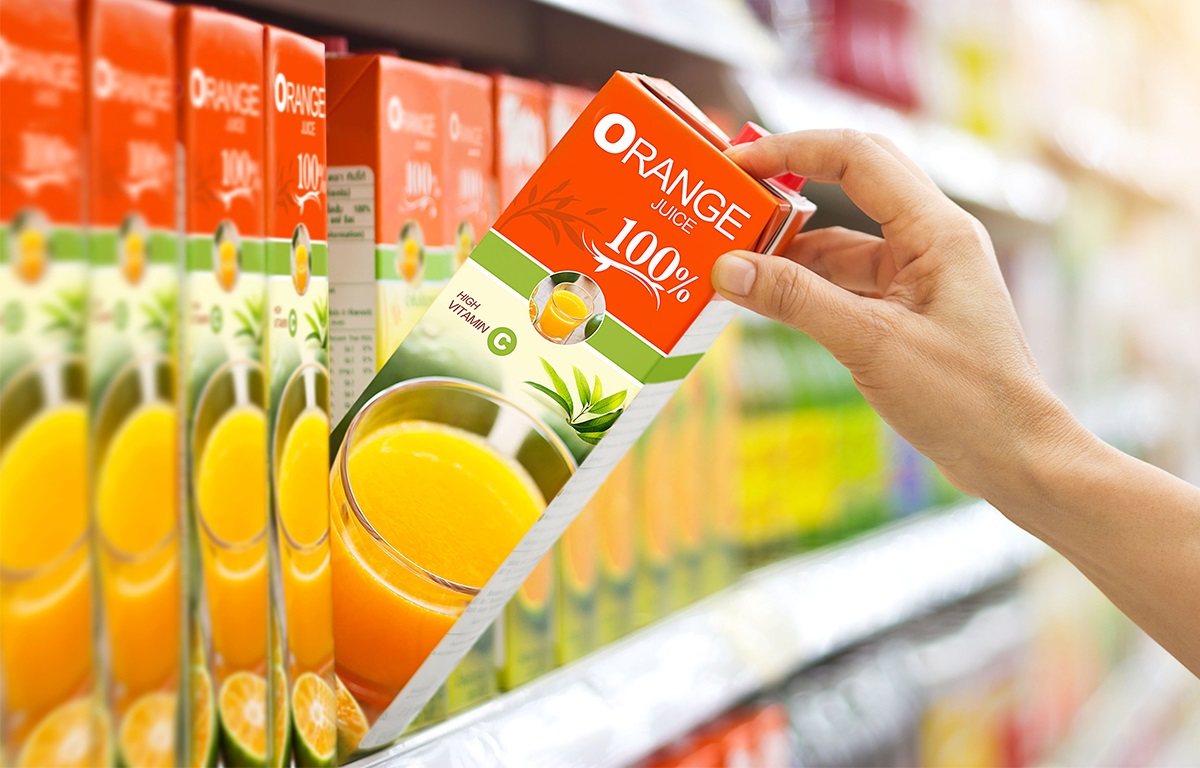
Food labels can be misleading in several ways, often causing consumers to make uninformed choices, some of the possible examples as follow :
- Health Claims: Labels might highlight health benefits like “low-fat” or “sugar-free” while ignoring high levels of other unhealthy ingredients such as sodium or artificial additives.
- Serving Sizes: Manufacturers may use unrealistically small serving sizes to make nutritional content appear more favourable.
- Natural and Organic Claims: Terms like “natural” or “organic” can be ambiguous and are sometimes used on products that contain processed or synthetic ingredients.
- Ingredient Listings: Ingredients may be listed under different names to obscure their presence, such as sugars listed as fructose, glucose, or syrup.
- Visual Deception: Attractive packaging and imagery can give the impression of a healthier or higher-quality product than what’s actually inside.
7. What are the common mistakes when reading food labels?

When reading food labels, customers frequently make basic mistakes that can lead to confusion regarding the nutritional value and healthiness of the products they buy. Here are some common errors:
- Ignoring Serving Sizes: Misleading Portions; Failure to pay attention to the serving size might result in ingesting more calories, fat, sugar, and sodium than planned, as nutritional information is based on a certain serving size that may be smaller than what is generally consumed.
- Overlooking Added Sugars: Hidden Sugars: Not recognizing added sugars can be misleading, especially when they are listed under different names such as sucrose, high fructose corn syrup, or agave nectar.
- Misinterpreting Health Claims: “Low-Fat” or “Sugar-Free”: These claims can be misleading because “low-fat” items may include a lot of sugar, while “sugar-free” products may contain hazardous artificial sweetener
- Ignoring the Ingredient List: Not Checking for Additives: By skipping the ingredient list, you risk losing out on artificial additives, preservatives, or allergens.
- Confusing Percent Daily Value (%DV): Misunderstanding %DV: Consumers who do not realise that %DV is based on a 2,000-calorie diet may make inaccurate conclusions about nutritional content, especially if their dietary needs differ.
- Overlooking Sodium Content: salt content is sometimes overlooked, although many processed meals have high salt levels, which contribute to hypertension and cardiovascular disease.
- Assuming “Natural” Means Healthy: The term “natural” is not strictly regulated and can be used on products with unhealthy ingredients. Always check the full nutritional profile.
- Misreading Caloric Information: Per Serving Confusion: Assuming that the calories stated are for the full box rather than per serving can result in underestimating calorie consumption.
- Not Considering Added Nutrients: Fortified Foods: Some items are fortified with vitamins and minerals. Consumers may believe these foods are healthier, yet they may still be heavy in sugar or fat.
- Ignoring Allergen Warnings: Allergy Risks: For people with food allergies or intolerances, ignoring allergen warnings can have serious consequences.
What do Cultivator Phyto Lab for your product labeling
Cultivator Phyto Lab stands as a global leader, equipped with state-of-the-art technology to deliver exceptional food and agriculture product testing for proximate composition analysis as per compliances. Our services are tailored to meet the rigorous standards of both national and international regulatory bodies.
Authors

Dr. Sanjoy Gupta (Ph.D)
Senior Officer- Training and Capacity Building
Dr. Sanjoy Gupta is a seasoned researcher with 13 years of experience across plant biotechnology, health science, nutrition, phytoplankton, and botanical studies. He has conducted research at reputed institutions like CSIR IIP, BSI, NIOT, and Cultivator Natural Products. With over a dozen published articles in national/international journals and thoughtful blog contributions, Dr. Gupta’s multidisciplinary expertise advances knowledge in holistic wellness and scientific innovation.

Sajid Hussain
Deputy Technical Manager (Food/Water/AYUSH/Cosmetic - Testing)
Sajid Hussain is a versatile analytical science expert with M.Sc. degrees in Food & Nutrition, Chemistry, and relevant diplomas. Boasting over 10 years of experience across diverse domains like food testing, pharmaceuticals, environmental studies, and more. A seasoned auditor for NABL, FSSAI, BIS, and ISO accreditations. Holds FSSAI Food Analytical certification and AYUSH approved chemist credential. Contributes research articles and blogs, showcasing technical proficiency. A distinguished figure in analytical science with a proven track record.
Reference :
- https://www.fao.org/food-labelling/en/
- https://www.fssai.gov.in/upload/uploadfiles/files/Guidance_Note_Labelling_23_02_2022.pdf
- https://www.fda.gov/food/nutrition-facts-label/how-understand-and-use-nutrition-facts-label
- https://eatrightindia.gov.in/how-to-read-label.jsp
- https://nutritionsource.hsph.harvard.edu/food-label-guide/
- https://fssai.gov.in/upload/advisories/2022/03/62414c50d2342Direction_RDA_03_02_2022.pdf
- Goyal R, Deshmukh N. Food label reading: Read before you eat. J Educ Health Promot. 2018 Apr 3;7:56. doi: 10.4103/jehp.jehp_35_17. PMID: 29693037; PMCID: PMC5903167.
- https://eatrightindia.gov.in/how-to-read-label.jsp
- https://www.nhs.uk/live-well/eat-well/food-guidelines-and-food-labels/how-to-read-food-labels/
- https://www.ncbi.nlm.nih.gov/pmc/articles/PMC5903167/pdf/JEHP-7-56.pdf




